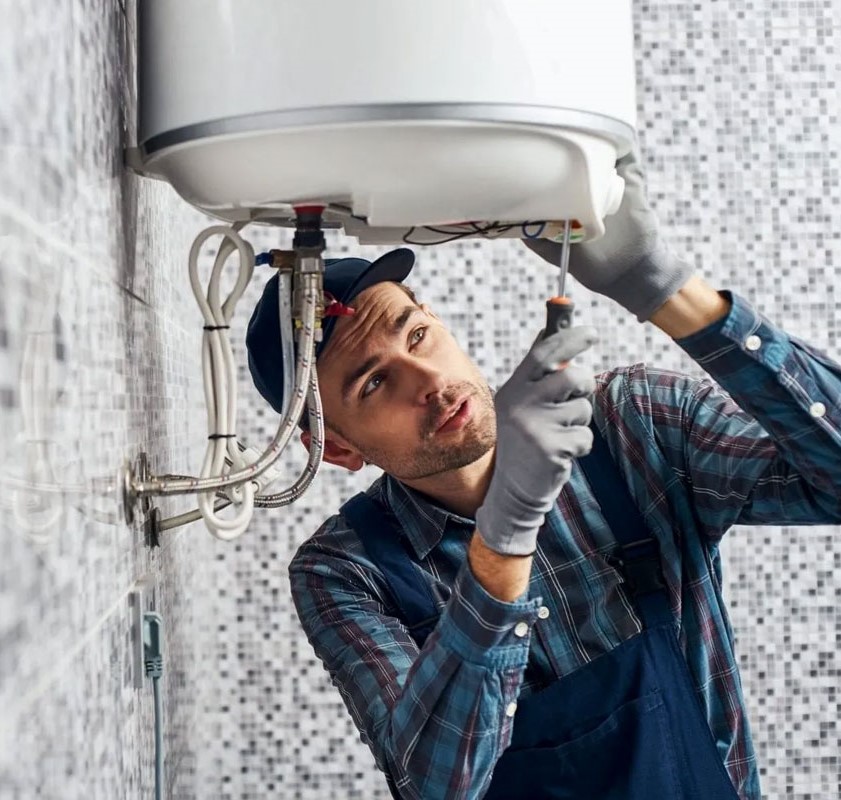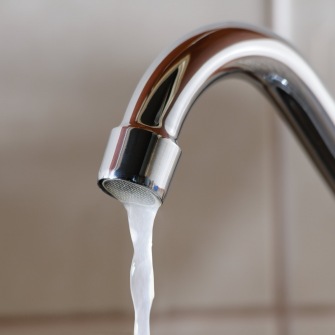Our Ultimate Guide: 5 Winterizing Techniques to Prevent Pipe Bursts in Chilly Conditions
Our Ultimate Guide: 5 Winterizing Techniques to Prevent Pipe Bursts in Chilly Conditions
Blog Article
We have noticed this post pertaining to Prevent Freezing and Bursting Pipes directly below on the web and believe it made perfect sense to share it with you over here.

All homeowners who stay in temperate environments have to do their finest to winterize their pipes. It is something you should do during autumn before deep winter really starts. Failing to do so can spell catastrophe like frozen, split, or burst pipes. Below are some handy winterizing hacks to maintain your plumbing system protected even if the climate exterior is terrible.
Attempt a Hair Clothes Dryer or Heat Gun
When your pipelines are virtually freezing, your reliable hair dryer or heat gun is a blessing. If the warm towels do not aid remove any type of working out ice in your pipes, bowling warm air directly into them might assist. You might finish up destructive your pipelines while attempting to thaw the ice.
Open Up Cabinet Doors Hiding Plumbing
When it's cool outside, it would certainly be practical to open up cabinet doors that are concealing your pipes. Doing this small trick can maintain your pipelines cozy as well as limit the possibly hazardous results of freezing temperatures.
Take Some Time to Cover Exposed Pipeline
One simple as well as cool hack to warm up freezing pipes is to wrap them with warm towels. You can cover them first with towels. After protecting them in place, you can pour boiling water on the towels. Do it slowly to allow the towels take in the fluid. You can likewise make use of pre-soaked towels in hot water, just don't fail to remember to wear protective handwear covers to protect your hands from the warm.
Activate the Faucets
When the temperature level declines and it seems as if the cold temperature level will last, it will assist to switch on your water both inside and outdoors. This will maintain the water streaming through your plumbing systems. Furthermore, the movement will certainly reduce the cold process. Especially, there's no need to turn it on full force. You'll wind up throwing away gallons of water in this manner. Rather, go for regarding 5 drops per min.
Shut down Water When Pipes are Frozen
If you observe that your pipelines are entirely frozen or practically nearing that phase, transform off the major water valve right away. You will typically find this in your basement or laundry room near the heating system or the front wall closest to the street. Turn it off immediately to avoid additional damages.
With even more water, more ice will certainly pile up, which will ultimately lead to rupture pipelines. If you are uncertain regarding the state of your pipes this winter, it is best to call an expert plumber for an inspection.
All property owners who live in temperate environments need to do their ideal to winterize their pipelines. Failing to do so can lead to calamity like icy, broken, or ruptured pipelines. If the warm towels do not aid remove any working out ice in your pipes, bowling warm air straight right into them might help. Turn off the main water shutoff promptly if you notice that your pipelines are completely frozen or practically nearing that phase. With even more water, more ice will certainly pile up, which will ultimately lead to burst pipelines.
PREVENT YOUR PIPES FROM FREEZING THIS WINTER
A Leading Cause of Property Damage
When the weather is taking a deep nose dive into the cold dreary days, the risk of your pipes freezing and potentially bursting skyrockets. Unfortunately, during these cold dreary months, burst pipes are the most common denominator for property damage. The pipes that are most at the risk are those that are in areas where it is most cold in your home. For instance, pipes located in interior places such as basements, attics, and your garage. Unfortunately, that doesn’t mean that the pipes running through your cabinets or exterior walls can’t freeze. Good news, however, is that you can do things to help prevent pipes from freezing.
How to Prevent Pipes From Freezing
Once the temperature starts to drop during the winter, you should be taking the proper measures needed to ensure that your pipes stay warm and that there is circulation of water through them. Some steps that experts may recommend could go against your better judgement when it comes to saving water and heat. However, it would go without saying that when expenses are compared, damaged pipes could put a bigger dent in your wallet than a water bill.
What Can I Do?
Keep your garage door closed. This is very important, especially if you have water supply lines running through your garage. Open your kitchen and bathroom cabinets to allow warm air to circulate through them. Allow air circulation throughout your home. Keeping the interior doors open will once again allow the warm air to circulate inside your home. Ensure your thermostat is running the same temperature throughout the night and day. If you plan to be away from home during the cold months, set your temperature no lower than 55° F. This should provide enough heat to keep the pipes warm and prevent any remaining water inside the pipes from freezing. For more of a long-term solution, add insulation to attics, basement, and other crawl spaces around your home. By allowing your faucet to drip, it will alleviate pressure in the system. This is important because the pressure that is created between the blockage and the faucet can potentially cause the pipes to burst. Allowing the faucet to drip will prevent the pressure from building up, therefore keeping the pipes from bursting. Seal any cracks, openings, and crawl spaces around your home to prevent cold air from coming inside. This keeps your pipes-not to mention your home-warmer and less susceptible to issues caused by freezing temperatures. For the pipes in your home that are easily accessible, applying electrical tape to them might prevent them from freezing over. This is a quick fix, as you can apply the tape directly to the pipe. There are two options for heating tapes. One turns on and off by itself when it senses heat is needed. The other type of heating tape needs to be applied when heat is needed and removed when not necessary. If you have exposed pipes in your home, you can check this website to take a look at a few options that would be available at a shop near you.

I stumbled upon that piece on How to stop pipes from freezing during the winter when doing a lookup on the search engines. Those who liked our page if you please remember to pass it around. I treasure reading our article about How to Prevent Frozen Pipes.
Request Service Report this page